Walker Powell (Part 2)
(transcription by Joshua Heston, interview by Jody Gertson of Talking Rocks Cavern)
[Tomato Canning Factory] That was kind of before my time. It was 1907. A tornado come along and blew the thing over the side of the hill. Scattered the cans and everything. It was about two years old when it was blowed away. [My father] was also in the tie hacking business where they made railroad ties and cut them out by hand. I think he had six teams of horses and six wagons and a bunch of tie hackers that worked for him. So he was in the tie business in a big way. He always was proud that he never had to work for another man.
You know where you come in off of 13 Highway, there’s a road forks off to the left. And the other road. The road that goes to the left went by our old homestead and that’s where I was born. Now Alden still lives there and he sleeps in the same room that he was borned in. That was quite a story [but] it was before my time.
There wasn’t any [tomato canning factory] in this area. It was the first canning factory in Stone County. That was the reason he started canning tomatoes. He also canned peaches and other things and sold them to stores around here. It looks like [from] that picture in there [he hired] about six employees. There’s about three women and about three men.
They had a little metal number that they dropped in their bucket when it was full. And so when it went around that coin had a number on it and she was paid for her tomatoes in that bucket. And they wore long skirts to work in. September would be the end of the tomatoes. That one factory in Reeds Spring (Emerson Canning Factory) shipped 90 carloads of canned tomatoes in one year. Now you can imagine how many tomatoes that would be. A good year you could set a crate down by a tomato plant on these old hills where they say you can’t grow anything and they could pick 40 pounds of tomatoes off that one plant. And they were sold for about $40 a ton back in those days. That would be about a wagonload. That was good money back in those days. Some people were making 25 cents a day cutting cedar posts and stuff like that. They didn’t have all this unemployment and stuff back in those days. You just toughed it out. If they could clear $3,000 off their tomatoes they could probably make it through the winter.
The Millers were the biggest tomato growers in the country. It was two brothers and between the two of them had about 10 kids. And those kids started working in the field when they were just small. They lived over on DD. But the tomato canning, they had to take their tomatoes to Reeds Spring, to Emerson Canning Factory. If you go in that pizza parlor down in Reeds Spring, he’s got a lot of pictures [of the Emerson Canning Factory]. That fella that’s got that team of horses and an old buggy, that’s Dr. Shumate that delivered me when I was a baby. And my dad had to ride into Reeds Spring. Of course I was born in the night and he rode in there and got Doc Shumate and he rode back and delivered me. And Doc Shumate had spurs on because he rode a horse and he didn’t bother about taking his spurs off when he was delivering me and my mother never did forgive him for not taking his spurs off cause they were jingling all around. She didn’t like that.
Doctor didn’t get out much. He stayed at home and he took care of people when they came in. And that’s a good picture of him there in the pizza parlor there with his nice big team and then he had a four-horse hack that would hold four people. And then later he bought an old Model T Ford and he never did learn to drive very good and when he got ready to go out his car was parked there in Reeds Spring so he’d get in that car and start that thing up and you could hear it all over Reeds Spring. You knew Doc was going somewhere on it. He’d put the pedal clear to the floor. He was quite a character. He’d deliver a baby and take maybe a pound of potatoes or chickens. He didn’t always take cash because people didn’t always have it. He’d just take whatever they’d offer.
I was an herb doctor as Silver Dollar City for two or three years. So I got a whole book case full of herb remedies. Back To Eden is one of the best books. You use them for both [medicinal and cooking]. Some you use for cooking and some you use — there’s mullein. Just before you get to the mailbox you look down there and you can see all that mullein. It’s got a wide leaf and kind of a fuzz on it. And some of the ladies would rub it on their cheeks to make them red. Another thing they’d use that bat guano was for their eyebrows.
Skunk they used in perfume.
Well, there’s a picture right in there with me. I was 15-16 years old and Buddy was my pet. She was a pretty coyote. I got her when she just had her eyes open. She was starved to death because we caught her mama and she didn’t have anything to eat. So the old man that was with us he found the pups there under a bluff so they was hungry so he kind of called them out but didn’t have anything to put them in. He had on a pair of overalls and he tied the legs together and stuck [the pups] down in there. Then he had his long underwear on you know. So then he went up to the nieghbors, Oscar Morrill’s, so she fed the little pups some milk. They was starved to death. Mr. Morrill put him in a car and brought him back over to the house. Buddy was two years old when she died. She was tied down there at the cave at a bush where it was cool and she could get in the spring and get water from the creek. Some people went down there and was having their lunch and these kids saw her down there and started throwing rocks at her and got her excited so she jumped around and run a stob in her eye. My dad had cut some sprouts and left stobs about like that and [she] ran one of them in her eye and killed her. She was a beautiful. She was just like a dog. Very lovable and everything.
I could take her with me on my trap line and she would follow along. And I was always afraid she was going to step in one of my traps but she knew where those things were and she’d jump over them. She was smart. She could run into a flock of quail and take off and jump up and catch one six or eight feet in the air. And a rabbit didn’t stand a chance. She’d start doing this [weaving back and forth] and grab him like that. She killed it and eat it if I let her. She didn’t share her food with me.
We had turkeys and I kept a 20-foot chain on her tied to a cedar limb what would spring and those darned turkeys would get right around her and she’d grab them in the tail feathers. I don’t know why those turkeys loved to get right up there where she could grab them. Turkey’s not the smartest in the world.
There was a lot of rattlesnakes over there too. When my dad opened the cave there was a lot of snakes, rattlesnakes especially. This was the timber rattlers. Now the hogs that run here, the old hogs they turned out, they would kill a lot of those snakes. Grab ’em and kill ’em. And a rattlesnake would bite a pig and wouldn’t bother it at all. The fat wouldn’t let the poison [in]. Now if it would bite a dog in front of the head, in front of the heart, it wouldn’t kill them. He’d bite them back of [the heart] and it would kill ’em. There was one time I was out in the yard a’playing and it was just about sundown and I was heading for the house so I started out at a run and I saw this thing a’laying and thought I’d better jump over that. I thought it was a stick. Come to find out it was a rattlesnake. Big rattlesnake. I wouldn’t have kicked it but once. That would have been it. So it got under the house. My dad said, "I’ll fix that." He went down to the barn. He kept a king snake, a pretty good sized one, down there. It stayed there to kill the rats. So he brought it up to the house and stuck it under the house.
So the men of the house had to go fishing the next day. So [he] left Marjorie and Mama and me there by ourselves. And so, in the meantime, I don’t know who found the snake but it crawled out from under the house so Mama hollered at Marjorie and so she grabbed my dad’s 10-gauge double-barrelled shotgun. She went out there and Bang! missed it. So she picked up the chopping axe that was laying there by the woodpile and cut that thing’s head off about [a foot] behind its head. So it started crawling around, you know, and these three or four Airedale pups I had — was about three or four months old — took out after it. And that thing bit those dogs on the face. Their heads swelled up but it didn’t kill them.
Those Airedales would tackle anything. We raised them mostly, my dad used them to catch these hogs out in the woods. And they’d go up and grab the old sow by the ear and they’d hold her until my dad would go down and hogtie them so she couldn’t get up and then turn those Airedales and they’d catch those little pigs so they could put a mark in their ear to tell who they belong to. Put a notch here [lower] and that was an underbit and put one up here [higher] and that was a double-bit and then that was registered just like a brand is over at Stone County. And the neighbors would come get him when they had hogs they wanted to catch. They used those Airedales.
I grew up with the female. I was five or six years old. She would stay right with me. I would put a string around her neck and lead her around you know. One time I took her up behind the garden and tied her to a little tree. And she didn’t come in at night and they got to wondering where Old Wiggles was. And I started to think, Well, I know where she’s at. She’s tied up to the tree. They are great dogs. They are good watch dogs.
We never did pet our dogs like people do. Of course, Old Wiggles she just took up with me. Old Smoke, he was a male, so I’d get up on the cistern and throw a rock down there and make him mad and here he’d come! Mama would say, "That dog is gonna bite you if you don’t quit that!" I said, "He won’t bite me." But he’d sure act like it. I’d throw that rock and here he’d come.
Those were what you call medium sized. [Airedales] We raised the Oorang[o] which is a big Airedale and we sold those.
I might tell you things you wouldn’t believe. I’ve seen a lot of different things in my life. It’s just like growing up in two different worlds.
They both have their [advantages]. We didn’t have the medication back then. We doctored mostly with herbs and stuff like that. We never heard of a "doctor’s appointment" — never heard of such a thing. Now ever’ whip-stitch you got to go to a doctor’s appointment.
I worked at Silver Dollar City for 30 years. I still liked the old lathe [the best]. When I first started, I worked winter in construction and then they put me in food service for two years and I didn’t like that a whole lot. I was cooking great big roasts overnight and then the next evening I would cut them up and serve them to the people. We had five different entrees. We had chicken. We had beef. We had some fish. Steak. It was a pretty good business.
I retired twice from the City. I retired once when I was building this house.
My mother never believed in wasting anything. She used to eat the neck of the chicken. That was her favorite piece. And we’d buy her a sweater for Christmas and wait for her to put it on when we was going somewhere. "Mom, why don’t you wear your new sweater?" "Oh, I’m saving it. I’m going to save it." She didn’t want to wear it out. We knew how she was. She was very, very — she didn’t even want you to come in and see her wash her feet.
I go out to Silver Dollar City and see so many of the people I started working with. I think of them just like brothers and sisters. We’ll all be in heaven sometime and get to associate with each other. That’s what Larry Sifford — he drives me to church — he tells me how wonderful we’re going to be, up in heaven. And we’ll be enjoying each other’s company I guess. I don’t know why God’s leaving me here all this time. I should have been dead 10 years ago. My age, none of my family ever lived past 75. Well, my mother did live to 93. And she ate salt! You wouldn’t believe how much she ate salt. She preserved herself good! I got home from the Air Force, I came over here to eat one time and got some eggs and my gosh, she salted those eggs so I couldn’t hardly eat them. I wasn’t used to that much salt.
In the wintertime our diet was pork home-cured in a smoke house. All cooking was done with pure lard. We had “rhumetiz,” but had never heard to arthritis or cholesterol. We drank sassafras tea for a blood thinner.
July 18, 2013
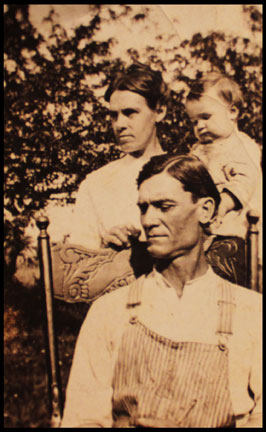
Plate 1. Waldo Emerson Powell, his wife Laura Annette Walker Powell and infant Walker, c. 1920.
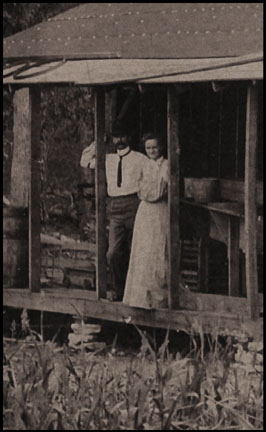
Plate 2. The Powell Family opened the first canning factory in Stone County (1907). The building was destroyed by a tornado a few years later.
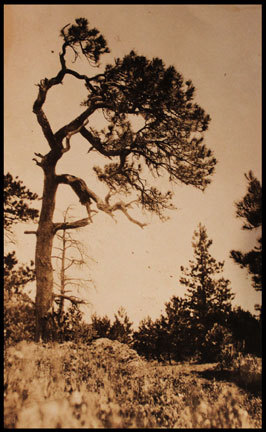
Plate 3. Signal Tree on top of Dewey Bald. Taney and Stone Counties were surveyed by triangulation. Surveyors could map the country by calculating from three fixed points. The old white oak atop Dewey Bald was one such point.
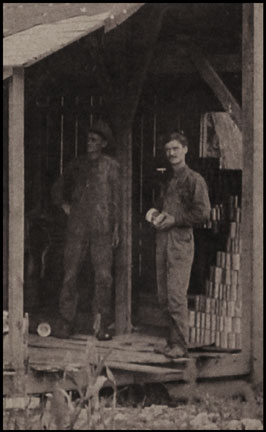
Plate 4. The Powell Canning Factory employed six people. Note the stacks of canned tomatoes and other fruit at right.
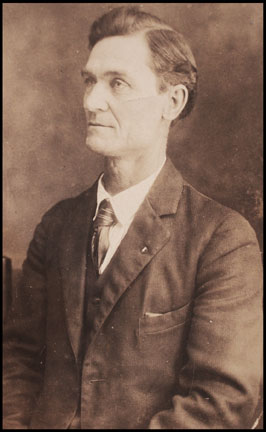
Plate 5. Walker’s father —known as the “man with the black hair” — Ralph Waldo Emerson Powell served as representative of Stone County in Jefferson City, 1923-24. He was inspiration for Harold Bell Wright’s character “Ollie.”
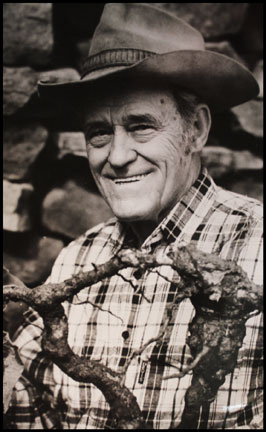
Plate 6. Walker was known to many as Silver Dollar City’s herb doctor (he’s shown here with sassafras root, an old Ozarks remedy for thick blood).
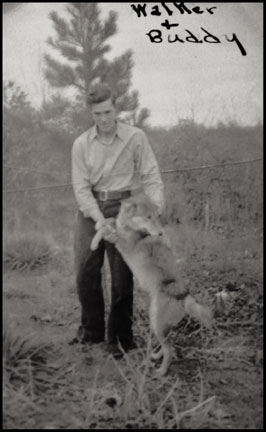
Plate 7. A 16-year-old Walker with his pet coyote Buddy.
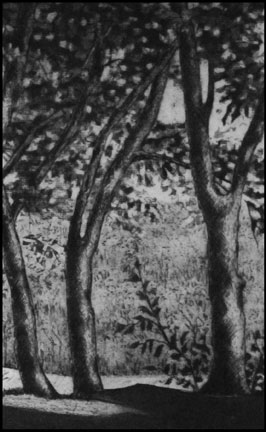
Plate 8. Detail Kerr Access of James River 1 in graphite by Robert “Bob” Plummer, 1986.
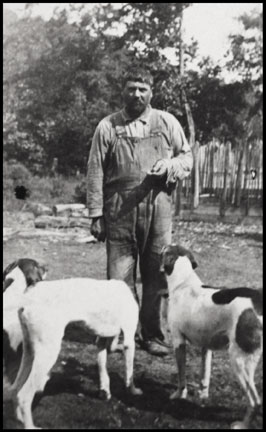
Plate 9. Ruell Craig with his foxhounds. Ruell was a neighbor of the Powells.

Plate 10. Second detail Kerr Access of James River 1 in graphite by Robert “Bob” Plummer, 1986.
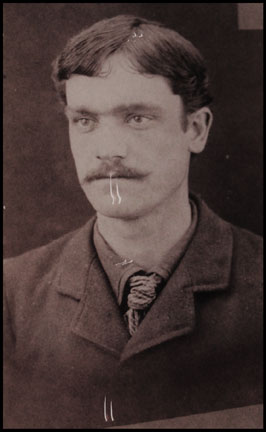
Plate 11. William Tecumseh Powell, oldest son of Truman and Helen Powell. His character and personality is tied to that of Harold Bell Wright’s literary character “Preachin’ Bill.”
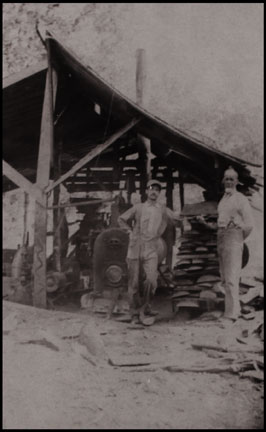
Plate 12. William Powell built one of the first steam-powered saw mills in the area, located on his farm along Fall Creek.
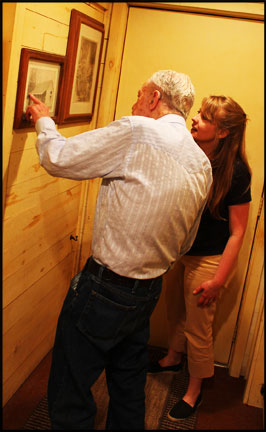
Plate 13. Ninety-six year old Walker Powell pointing out details of the Powell Tomato Cannery to Jody Gertson of Talking Rocks Cavern, who hosted this very interview.
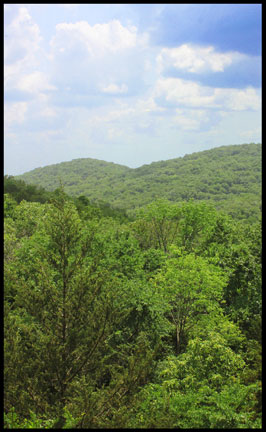
Plate 14. Verdant hills below Talking Rocks Cavern. The Ozark Mountains hold a special kind of beauty that draw generations of visitors.



